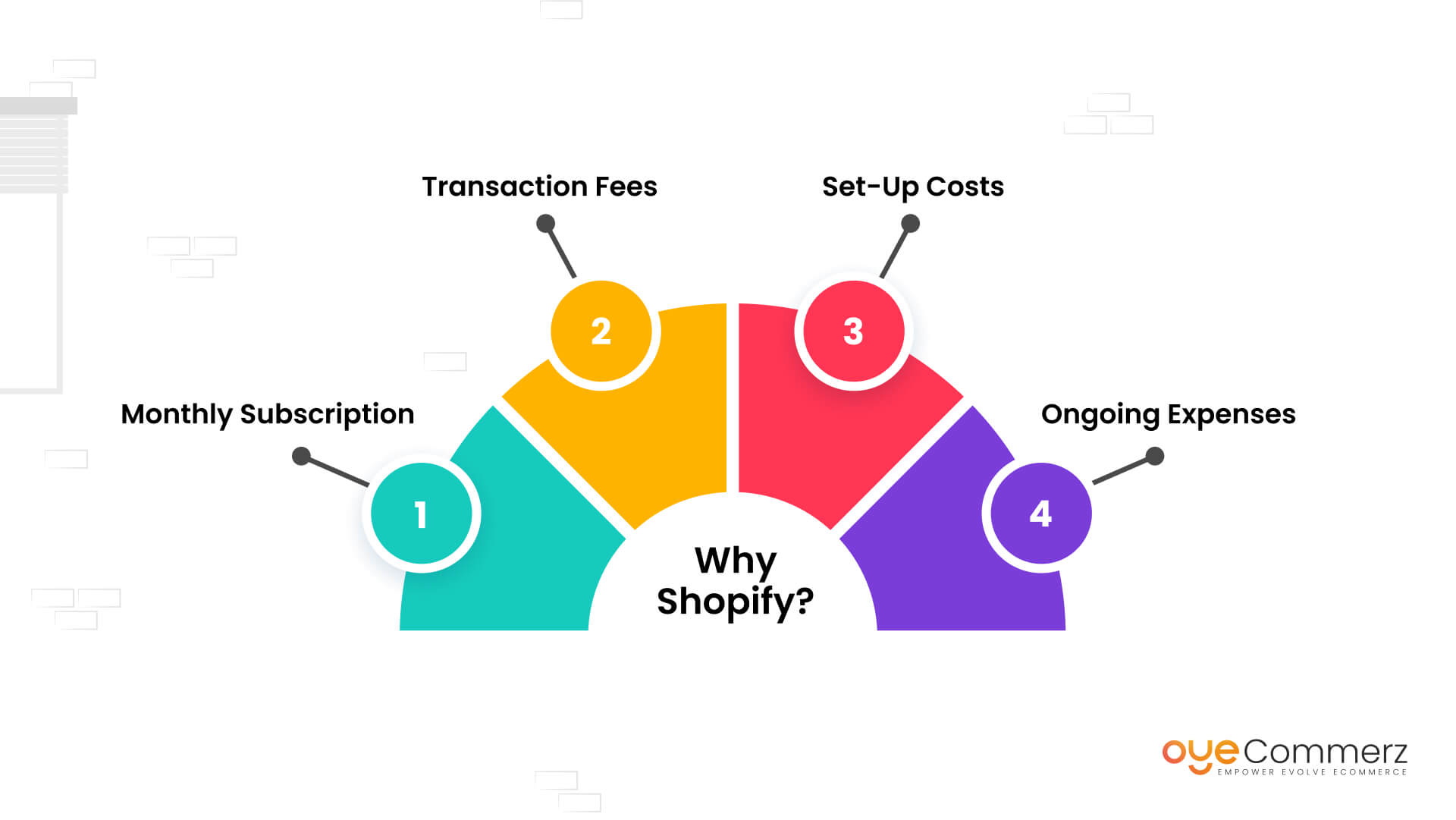Transitioning from WordPress to Shopify is an exciting step toward optimizing your online store operations. As companies grow, choosing a solution that aligns with growth potential, user experience, and customization becomes crucial. Shopify has emerged as a favorite for e-commerce professionals, offering unmatched flexibility, security, and ease of use. In this guide, we will delve into why this migration is a game-changer, highlight the advantages, and provide actionable steps to facilitate a smooth move.
1. Why Migrate from WordPress to Shopify?
The combination of WordPress and WooCommerce, continues to support countless e-commerce platforms. Nevertheless, as businesses expand, issues like plugin dependency, data risks, and complex setups can hinder growth. Shopify, designed explicitly for digital retail, eliminates these concerns with an all-in-one, intuitive solution. Real data back this transition—Shopify powers over 4.4 million stores globally, with a documented 10% boost to sales performance for many businesses after migration.
2. Key Benefits of Shopify for E-commerce Success
Shopify’s robust ecosystem is tailored for expanding brands. Its standout features are:
- Effortless Design Flexibility: Shopify provides over 80 professionally designed themes.
- Integrated Tools: Capabilities such as Shopify Payments and integrated SEO save time and effort.
- Global Reach: Multi-currency support and localization features enable businesses to expand internationally.
Additionally, Shopify boasts an availability percentage of 99.98%, ensuring your store remains accessible.
3. Preparing for WP to Shopify Migration
Before migrating, evaluate your existing setup. Review inventory details, client information, and SEO performance. Resources such as Shopify’s Migration Kit or external tools help ease the transition. Develop a comprehensive plan, making sure all resources—product descriptions, images, and articles—are ready for seamless import.
4. Data Migration: A Critical Step
Data migration forms the foundation for a smooth transition. When moving from WP to Shopify, prioritize:
- Product Information: SKU, descriptions, and categories.
- Customer Data: Emails, order history, and custom fields.
- SEO Optimization: Retain meta tags, URLs, and redirects to maintain search rankings.
Leverage tools such as LitExtension to streamline data transfer while minimizing errors.
5. Tailoring Your Shopify Store to Fit Your Brand
Post-migration, customizing your Shopify store ensures it reflects your brand. Take advantage of Shopify’s intuitive page builder to WordPress to Shopify guide create layouts with ease. Shopify's templates are optimized for all devices, providing a seamless UX across platforms—a critical factor, given 74% of e-commerce traffic is generated by mobile users.
6. Maintaining SEO During Migration
SEO is vital for maintaining your online presence Best Shopify migration services during migration. Shopify is highly optimized for search engines with organized link formatting, preloaded features, and smooth content management. Ensure:
- Set up URL forwarding for old URLs.
- Optimize new pages with targeted phrases.
- Use Shopify's apps Plug in SEO to track analytics after the switch.
7. Essential Tests After Migrating to Shopify
Once the migration is complete, conduct thorough testing.
Review: - Page load times (Shopify boasts faster speeds in contrast with WordPress).
- Payment integration reliability and checkout processes.
- Mobile responsiveness.
Quality assurance guarantees your store provides a smooth shopping journey from day one.
8. Case Study of a Successful Migration
One such migration success story is Gymshark, a sportswear company that transitioned to Shopify. Post-migration, the company saw a 60% increase in mobile sales and significantly lowered site downtime. This highlights the capabilities of Shopify in driving online business success.
9. Challenges and Solutions
Migration comes with challenges, such as data integrity and adjusting tailored features. However, Shopify’s robust support and third-party experts make overcoming these hurdles manageable. Partnering with experienced Shopify developers helps guarantee a smooth transition.
10. Making the Switch: The First Step Toward Success
Switching from WordPress to Shopify marks a strategic decision to e-commerce. By focusing on growth, simplifying management, and enhancing the customer experience, Shopify empowers businesses to succeed in competitive markets.
Conclusion
Transitioning from WP to Shopify offers a smart solution that can significantly boost your e-commerce success. With a robust migration plan, the appropriate resources, and professional guidance, you can unlock new growth opportunities.
Ready to make the leap? Let’s discuss how our Shopify migration services can transform your online store. Get in touch today, or ask yourself: Is it time to seize Shopify’s advantages for your store?
